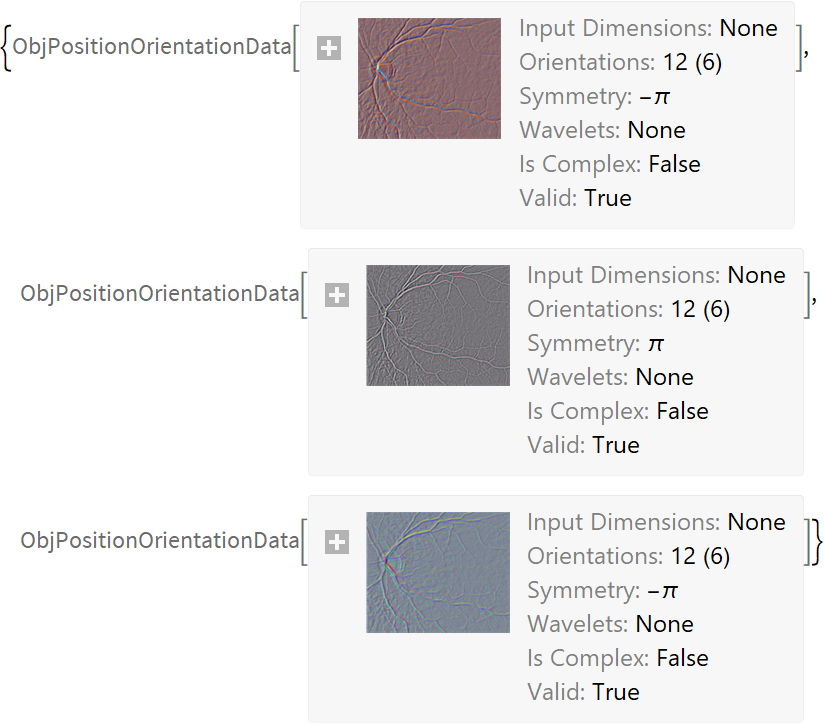LIE ANALYSIS SYMBOL
LeftInvariantDerivatives
LeftInvariantDerivatives[ObjPositionOrientationData, {σSpatial, σAngular}, derivativeIndex]
Computes the AderivativeIndex derivative(s) from ObjPositionOrientationData using Gaussian derivatives at specified scales {class -> TI} ;; XMLElement[span, {class -> special-character Sigma}, {RawXML[σ]}] ;; XMLElement[sub, {}, {Spatial}] and {class -> TI} ;; XMLElement[span, {class -> special-character Sigma}, {RawXML[σ]}] ;; XMLElement[sub, {}, {Angular}].
LeftInvariantDerivatives[ObjPositionOrientationData, derivativeIndex, options]
Computes the AderivativeIndex derivative(s) from ObjPositionOrientationData using a finite difference method which can be specified by using options.



